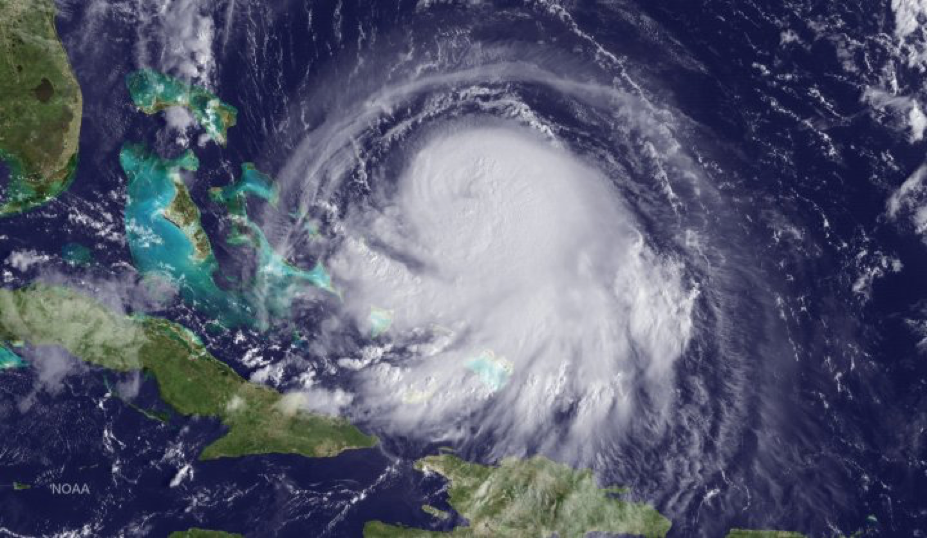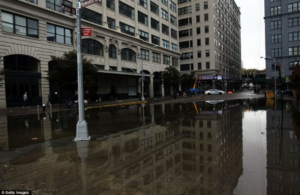The summer months, for those responsible for their company’s BCDR strategy, is the time to get ready for Hurricane Season by plugging holes in preparedness plans. Greater bandwidth availability, rise in cloud platforms like AWS, and DRaaS can have a major impact on a company’s strategy to cope with a force majeure.
There should always be a dedicated point person during emergencies. The government has a hurricane preparedness plan you can access here and although it provides common sense practices for your home, it does not address your business BCDR requirements. Here are some tricks to streamlining your BCDR.
Voice – Have a preset number forwarding policy using Unified Communications. You should proactively create a voice recording for inclement weather.
Servers – With the largest hurricane in the Atlantic having a diameter of 945 miles, the brains of your operations should be geographically dispersed. If you’re not in a data center, you should look at AWS or a DRaaS solution like Quorum. Your RTO and RTP should be more aggressive given the cost for cloud storage and price for data loss.
Offices – Do access controls fall into your roles and responsibilities? If so, you’ll want to ensure you have enough UPS to maintain your cameras until you can get to your office and make sure your locks have a back-up for power. Magnetic locks can be a vulnerability. You should be prepared to not be able to access your office for quite some time.
Desktops – Today you should be using a VDI or virtualized desktop environment. This can be hosted by an MSP like us or managed by your team and held in your DC. This will provide an always on, regardless of the device, homogenous environment for your organization.
Collaborate – You have to check on your people and what better way than have a check in call across the organization to discuss the next steps and make sure all is well with co-workers and employees.

Unprepared for the effects of climate change?
Colorado State University predicts 11 named storms, four hurricanes and two major hurricanes this season. Though this slightly lower than the 30 year average, that is not an indicator of damage. In 1992, there were only 6 name storms but Hurricane Andrew tore through South Florida. Click here for a look at the Top 5 Most Costliest Hurricanes in US History.
The Hurricane Season on the Atlantic runs from June through November and there have certainly been outliers expanding the Atlantic Hurricane season from as early as May to as late as January with 81 off season-cyclones. Side effects from the hurricane like power outages, closed roads, shut downs in public transportation, flooding, erosion, and more will dictate continuity and recovery strategies. Are you ready? Click here


